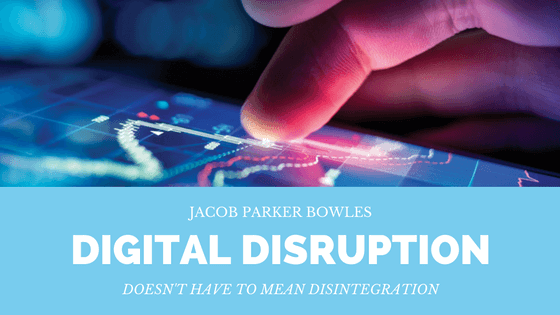The banking industry is old — centuries and centuries old. And while banks have certainly developed over the years into economically complex mega-institutions, those developments haven’t always translated into a better deal for the customer. To make matters worse, disatisfaction with banks skyrocketed in the wake of the 2008 crash until it was practically a household topic. In short, banking was ripe for disruption.
And disruption came. The fintech industry has seen explosive growth since in the last few years — the market has been steadily doubling each year. In fact, you may be hard-pressed to find anyone under 35 who isn’t relying on a mobile finance app or other fintech innovation in their day to day lives, whether they know it or not.
More and more, consumers prefer to turn to their mobile phones for services that banks have had a hold on for decades. If you need any further proof, take Venmo, which sold for US$26 million a mere five months after it launched, and processed $4 billion in person to person transactions in the second quarter of 2016 alone. The runaway success of Fintech startups staking claims in all corners of the financial sector isn’t an accident. Rather, they are revealing a gaping hole in the market where the needs of consumers went unanswered for a long time.
Rather than zeroing in unwaveringly on the bottom line and basing all decisions on risk analysis — and leaving consumers cold in the process — fintech startups are refocusing attention on the consumer experience. Faced with the the institutional power of legacy banks, financial startups are competing by providing services that are attractive simply for their quality, convenience, and accessibility. With startups left and right, there’s more variation in service than ever before.
So what will all the disruption mean? Big banks are left with two choices: remain entrenched in their traditional inefficiencies and poorer service, or embrace the changes and join the development race to give customers what they want — or someone else will.
The pressure for banks to rise to the challenge is enormous. Despite the popular portrayal, however, it doesn’t need to be a bitter rivalry. Big name financial institutions may not have the speed and agility of fintech startups, but their institutional power is not about to evaporate overnight. It took a while for banks to get with the times, but it’s highly unlikely that this period of disruption will lead to long term obsolescence.
More and more, we are seeing legacy banks joining the fray. According to one software company’s survey, 94 percent of banks are acting on digital transformation initiatives, and 76 percent are working to integrate new tech with their existing systems.
Rather than remain set in their old ways while customers flock to their mobile phones, legacy banks are waking up and starting to acquire successful fintech companies, set up new incubators for further innovation, and even begin their own development — see, for instance, Bank of America’s IT transformation.
And it’s good news for all of us. It’ll mean better services for everyone as startup mentality innovation meets large-scale power and funding. Luckily for all, it’s not a winner-take-all market; Venmo and Chase are both here to stay.

